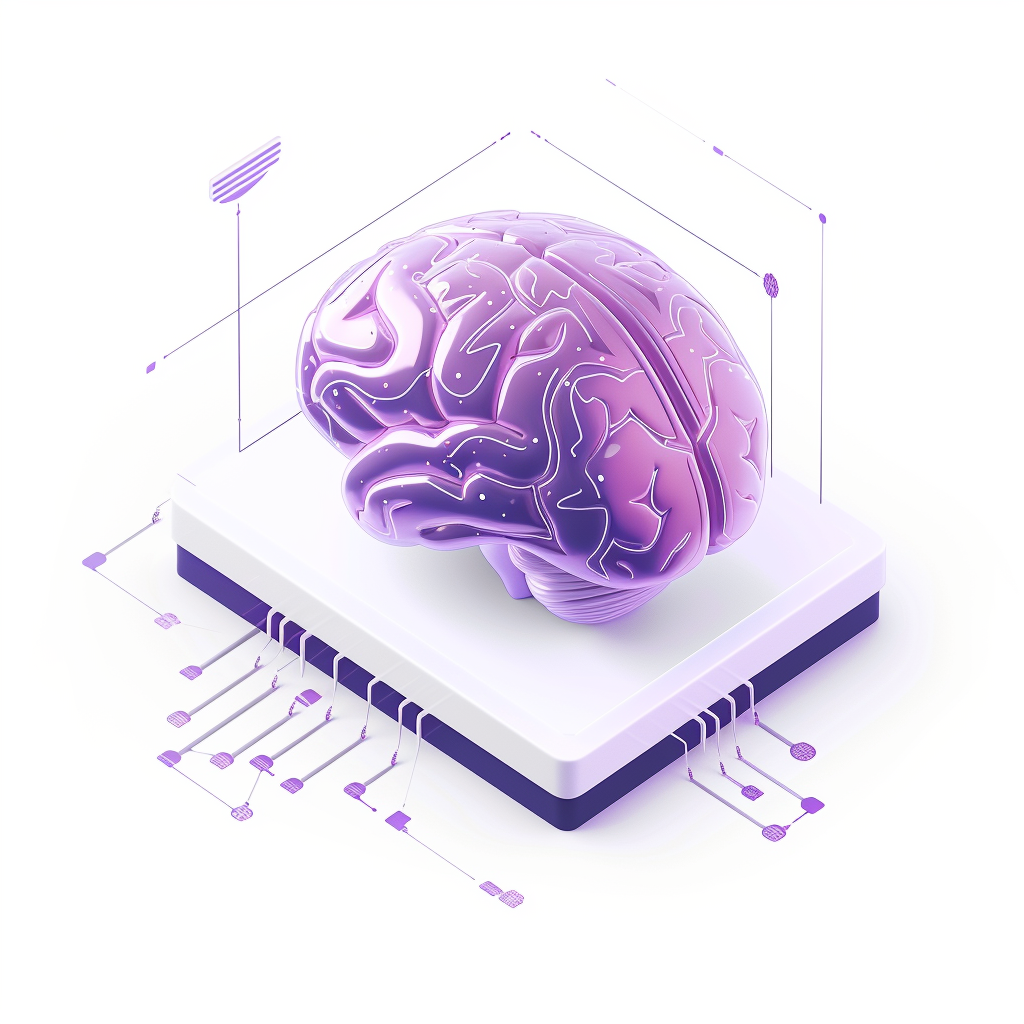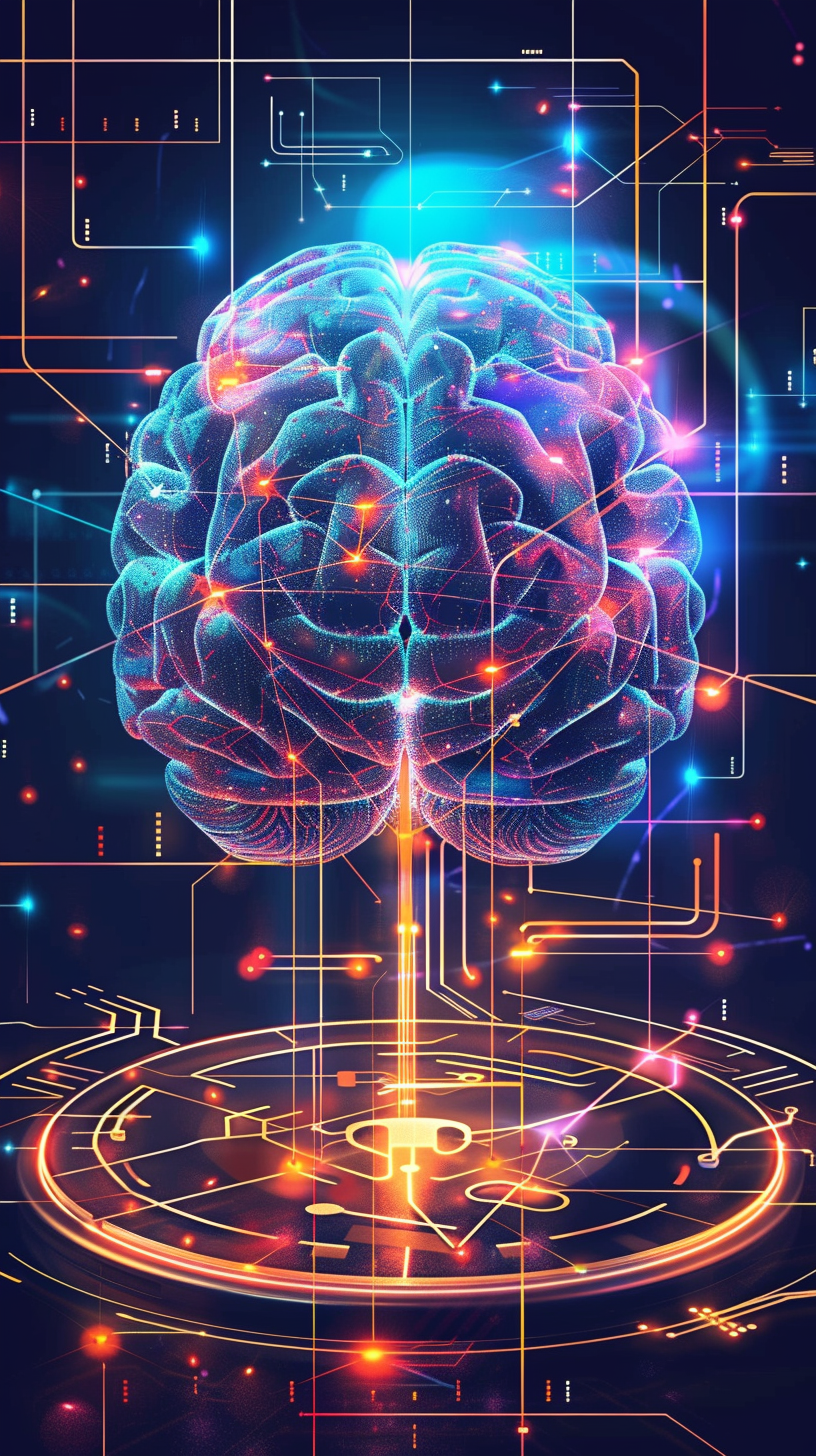Artificial Intelligence (AI) is a big part of our lives today. Even before tools like ChatGPT or Fello AI, we’ve seen it in smart assistants like Siri and Alexa, and in self-driving cars. But not all AI is the same. There are different levels of AI, each with its own abilities.
Warren B. Powell, Professor Emeritus at Princeton University, offers a comprehensive framework that delineates seven distinct levels of AI. This classification not only clarifies the current state of AI technology but also sets realistic expectations for future advancements. Powell divides AI into two main groups:
- Making computers act like humans.
- Making computers smarter than humans.
People often think making a computer act like a human means it’s very smart because humans are very intelligent. This is true for many complex problems. However, for simple and well-defined tasks, computers can actually be better than humans. This distinction is crucial as it highlights the diverse applications and limitations of AI.
To better understand these categories, Powell further breaks down AI into seven levels.
Most references to “artificial intelligence” in the press today refer to supervised machine learning, where a training dataset is used to estimate a function that mimics the data. This could involve estimating demand based on price (level 2), identifying a picture as a flower (level 3), or predicting speech based on inputs (level 4).
Let’s explore these seven levels to understand better their unique characteristics and capabilities.
Level 1: Rule-based Logic
In the 1960s and 1970s, the first form of AI emerged: rule-based logic, also known as symbolic rule-based reasoning. This type of AI sparked a lot of excitement about what computers could do. Rule-based logic works by following rules set by humans. These rules are coded into the system to make decisions.
For example, a simple rule might be, “If you are eating red meat, then drink red wine.” However, things can get complicated quickly. In healthcare, a rule might be, “A male patient, over 60, with high blood sugar, who doesn’t smoke, and whose parents don’t have diabetes, should follow this specific diet.” Such trees could have easily thousands or even millions of rules while handling just a simple sub-problem.
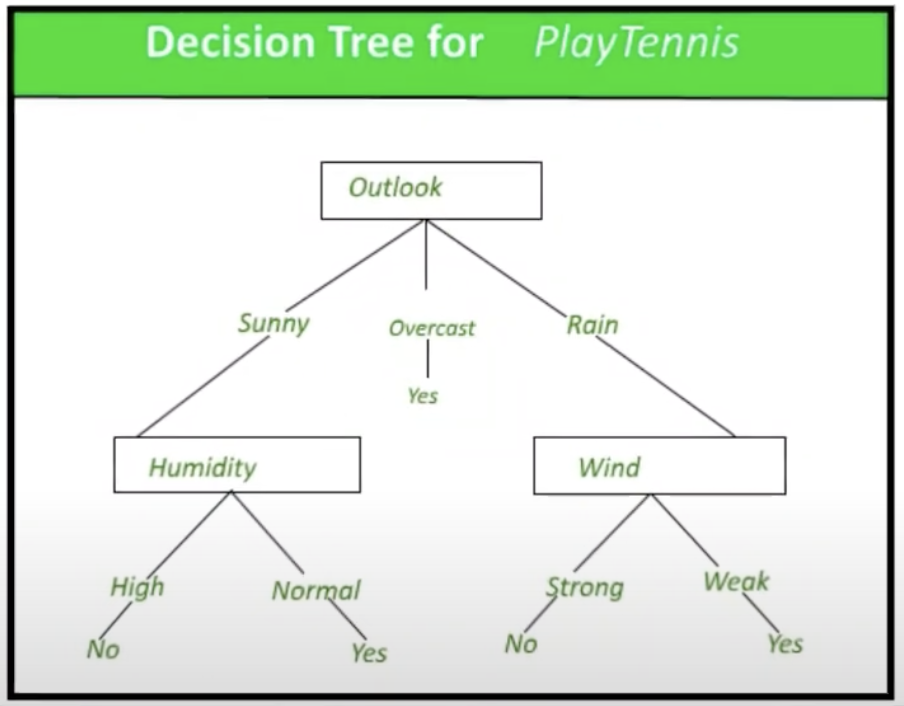
While rule-based logic didn’t meet the high expectations people had for AI back then, it was far from a failure. Today, rule-based logic is still widely used in modern machine intelligence. Many commercial “rules engines” are available and used in various industries to help make decisions based on predefined rules.
Level 2: Statistical Models & Machine Learning
Statistical models, which include lookup tables, parametric models, and nonparametric models, have been around since the early 1900s. These methods originally fell under the field of statistics, but they gained a new name—machine learning—as computer technology advanced.
The most common models were linear, which means they showed simple relationships between input variables (like price) and a response (like demand). For example, to predict demand, we might use the price, the price squared, and the log of the price as inputs.
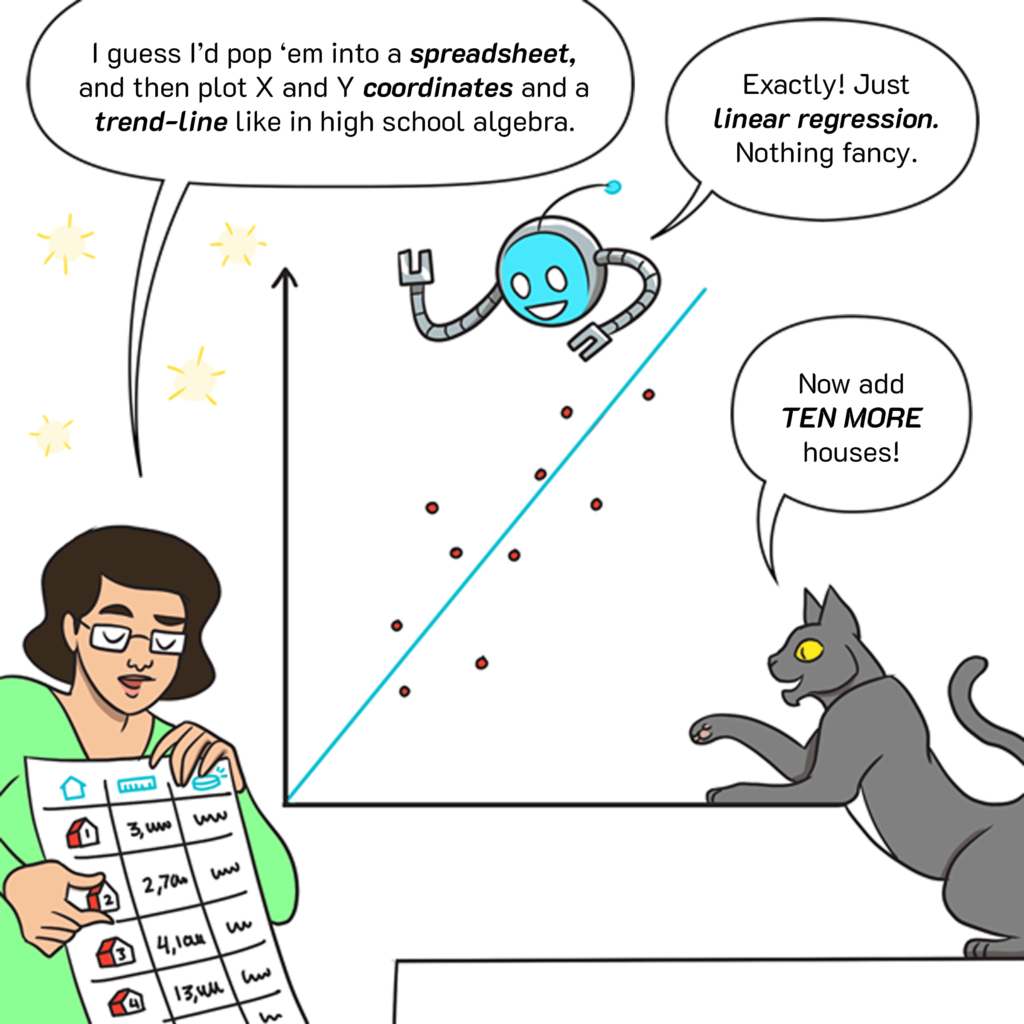
As technology improved, nonlinear models like logistic regression and early neural networks were developed. Nonparametric models, which use local approximations, also became popular. Neural networks, in particular, have been widely used since the 1970s for solving complex estimation problems.
These statistical models and machine learning techniques have become essential tools in many fields, allowing for more accurate predictions and better decision-making.
Level 3: Pattern Recognition (Deep Neural Networks)
Neural networks have been studied by researchers since the 1960s. However, the real breakthroughs in pattern recognition began around 2010 with the use of deep neural networks and large datasets. This marked the rise of modern AI, particularly in the 2010s, with applications like voice recognition, facial recognition, and image identification.
Deep neural networks are advanced models that help computers learn and identify patterns in data. Think of them as a more powerful and complex way for computers to understand things. This progress made AI much more visible and useful in everyday applications, far beyond the simpler models used before. This level of AI is what powers many of the smart technologies we use today.
Level 4: Large Language Models
In 2023, large language models (LLMs) like ChatGPT captured the public’s imagination. These models have been in development since the 2000s, with significant progress after 2010.
Large language models are advanced versions of deep neural networks. They can understand and generate human-like text. This makes them different from other AI models that recognize patterns, like identifying faces or objects. LLMs need much more data and bigger neural networks to learn from.
Unlike simple pattern recognition, where there is a clear answer, LLMs can give different responses to the same question. They create sentences based on patterns they learned from their training data. This means their answers can vary, making them seem more creative.
Some people think LLMs are a step towards general intelligence, which is AI that can handle many types of tasks. However, we place general intelligence in Level 7. Level 4 is for AI that still needs training with specific data. LLMs, like ChatGPT, use supervised learning, which means they rely on examples from their training data to generate responses.
There is a lot of talk about the dangers of LLMs. The main risk is misinformation. This means wrong information that comes from people, not the AI itself. Since there is already a lot of misinformation online, it is important to be careful and verify what we read.
Companies are investing heavily in training these models and using people to guide them. This helps improve their accuracy and reliability. Understanding LLMs helps us use them wisely and be aware of their limitations.
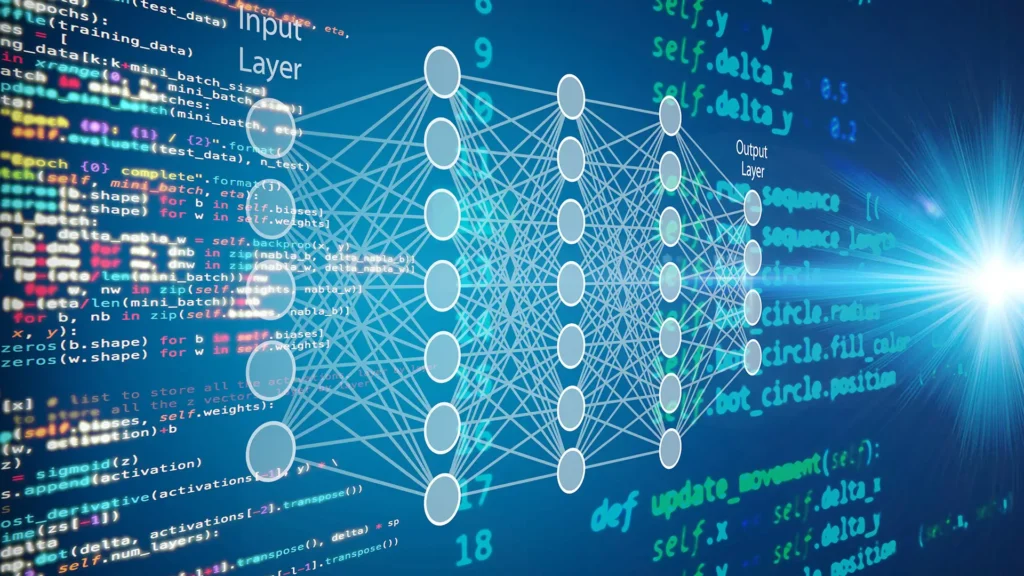
Level 5: Deterministic Optimization
Deterministic optimization is different from machine learning. It uses a clear model of a problem that includes the problem’s rules and a way to measure success. Inputs to this model are controllable choices, known as actions or decisions. Sophisticated algorithms then search for the best choices to optimize performance.
Here’s how it works:
- You have a problem with specific rules and goals.
- You make decisions or take actions based on these rules.
- Algorithms help find the best decisions to achieve the best results.
For example, in the 1990s, AI tools helped airlines create more efficient flight schedules. These tools didn’t need to learn from data; they followed a model of how airline schedules should work.
Unlike machine learning, deterministic optimization doesn’t guess or learn. It knows the rules of the problem and uses them to find the best solution. This makes it very powerful for solving specific, well-understood problems.

One important thing to remember is that deterministic optimization focuses on making the best decisions according to a clear set of rules and goals. This is different from machine learning, which tries to learn from examples.
Deterministic optimization can find solutions that are better than what humans can come up with, but it requires a detailed understanding of the problem and how it works. This approach is used in many areas to improve efficiency and performance.
Level 6: Sequential Decision Problems
Sequential decision problems are about making a series of decisions over time. Each decision is followed by new information, which then leads to the next decision, and so on. The goal is to find the best way to make these decisions, called a policy.
Here’s a simple breakdown:
- You make a decision.
- You get new information.
- You make another decision based on this new information.
- This process continues over time.
This type of problem is common in situations where you don’t know everything upfront. For example, planning a series of actions in a changing environment, like playing a game of chess or managing a fleet of delivery trucks.
Sequential decision problems are more complex than simple optimization problems because they involve making decisions that work well over time. The policy needs to be good on average, not just in one specific instance.
In the AI world, this area is often studied under “reinforcement learning.” There are many fields and approaches to solving these problems, showing their complexity and richness.
Sequential decision problems need a detailed model of the problem, just like deterministic optimization. However, they also account for how the situation changes over time. This approach has led to creating AI systems that can outperform humans in tasks like playing chess or managing resources efficiently.
In summary, sequential decision problems extend the ideas of deterministic optimization to dynamic, changing scenarios. They use sophisticated methods to find the best policies, enabling AI to handle complex tasks and make better decisions over time.
Level 7: Artificial General Inteligence
Level 7 is for the most complex and unstructured problems. Powell call this “FoG AI,” where “FoG” stands for “finger of God,” a term borrowed from the 1991 movie Twister, referring to the most powerful tornado. Sometimes you can find it also under the name AGI – Artificial General Inteligence.
“FoG AI” is the kind of AI that could replace humans, cure diseases, and possibly even pose risks to society. In my view, “FoG AI” is more science fiction than reality and is unlikely to ever happen.
Here are some examples of the highest levels of intelligence that would be needed for “FoG AI”:
- Knowledge Representation
- This means understanding and defining a poorly defined problem. For instance, a robot trying to navigate an urban area, a desert, or a room full of furniture needs to understand its environment and the questions it needs to answer to achieve its goals.
- Reasoning
- This involves thinking through different steps to reach a goal. While levels 5 and 6 handle well-structured problems, reasoning at this level deals with less-structured or completely unstructured situations. Large language models, which focus on predicting words, can’t handle this type of reasoning.
- Creativity
- Optimization finds the best decision from a set of clearly defined options. Creativity is needed when there’s a goal, but the options aren’t clear. For example, finding ways to reduce COVID-19 deaths without a predefined set of actions requires creative thinking.
- Judgment
- Some decisions require complex judgment rather than simple metrics. For example, deciding whether to swerve to avoid hitting a cyclist but risk hitting another car, or whether to bomb a military target that will also harm civilians, requires deep judgment.
If AI ever makes progress in handling unstructured problems, we might need to break down these skills into different levels of intelligence. For now, “FoG AI” remains a concept more suited to science fiction.
There is much discussion about advanced forms of intelligence like “artificial general intelligence.” Many books and articles suggest that machines have achieved Level 7 intelligence. However, to our knowledge, no computer has reached true Level 7 intelligence. All current tools fit within the first six levels.

Conclusión
In summary, AI today primarily involves supervised machine learning, classified into levels 2, 3, and 4. These levels reflect the complexity and type of neural networks used, from basic to deep and ultra-deep networks. Each level tackles different problems, from basic estimations to complex pattern recognition and language models.
Levels 5 and 6 focus on optimization, using models rather than training data to find the best solutions. Level 6, in particular, deals with sequential decision problems, requiring policies that adapt over time.
Most AI discussed in the media falls within these levels, often mimicking human behavior rather than demonstrating true intelligence. Despite talk of “artificial general intelligence,” no computer has achieved the highest level of intelligence, Level 7, which remains a concept more suited to science fiction.
Looking ahead, AI will continue to evolve, but true independent thinking and creativity, akin to human intelligence at Level 7, are still far from reality. The future may see more sophisticated applications within the existing levels, but achieving genuine human-like intelligence remains a distant goal.


